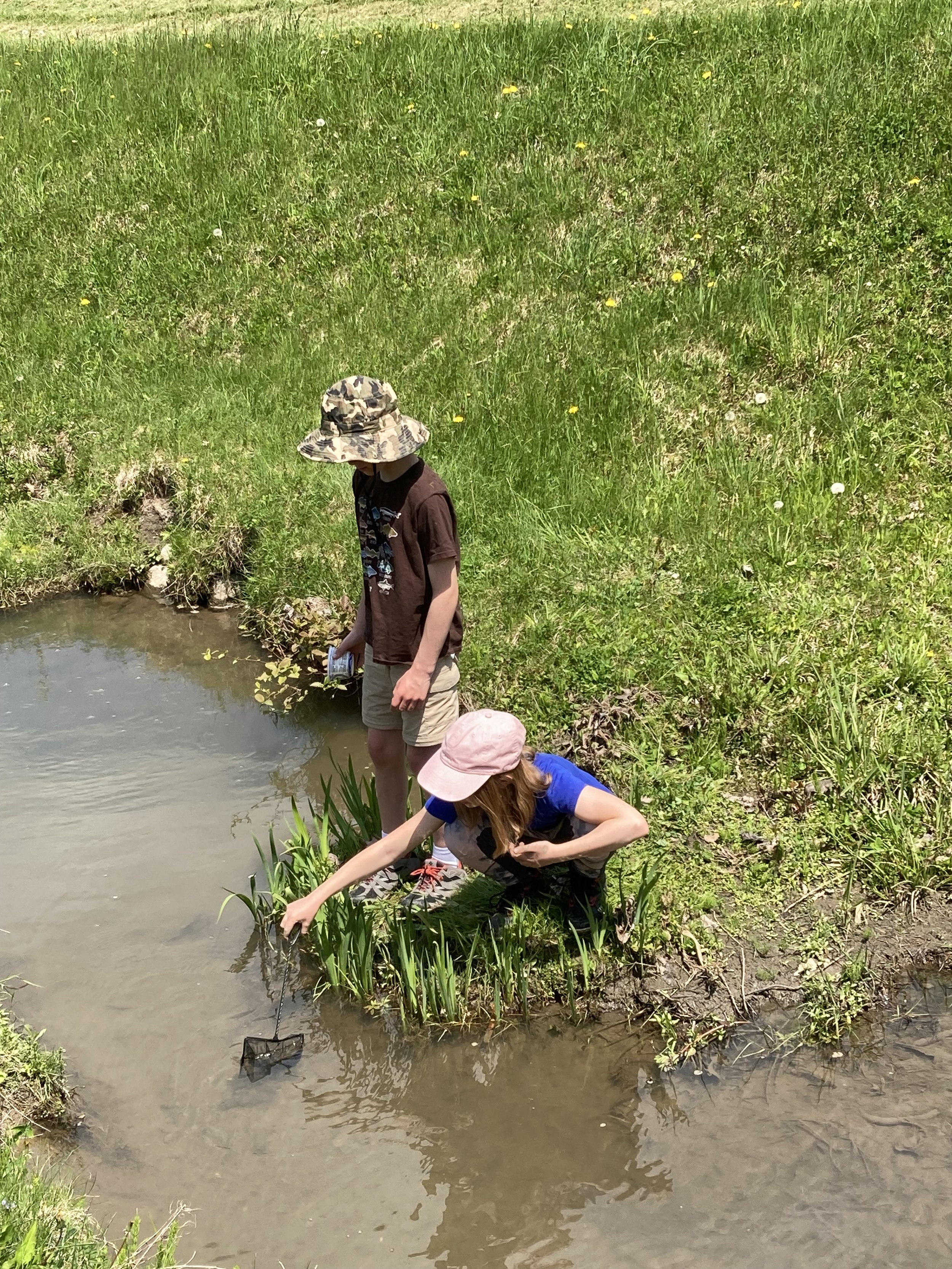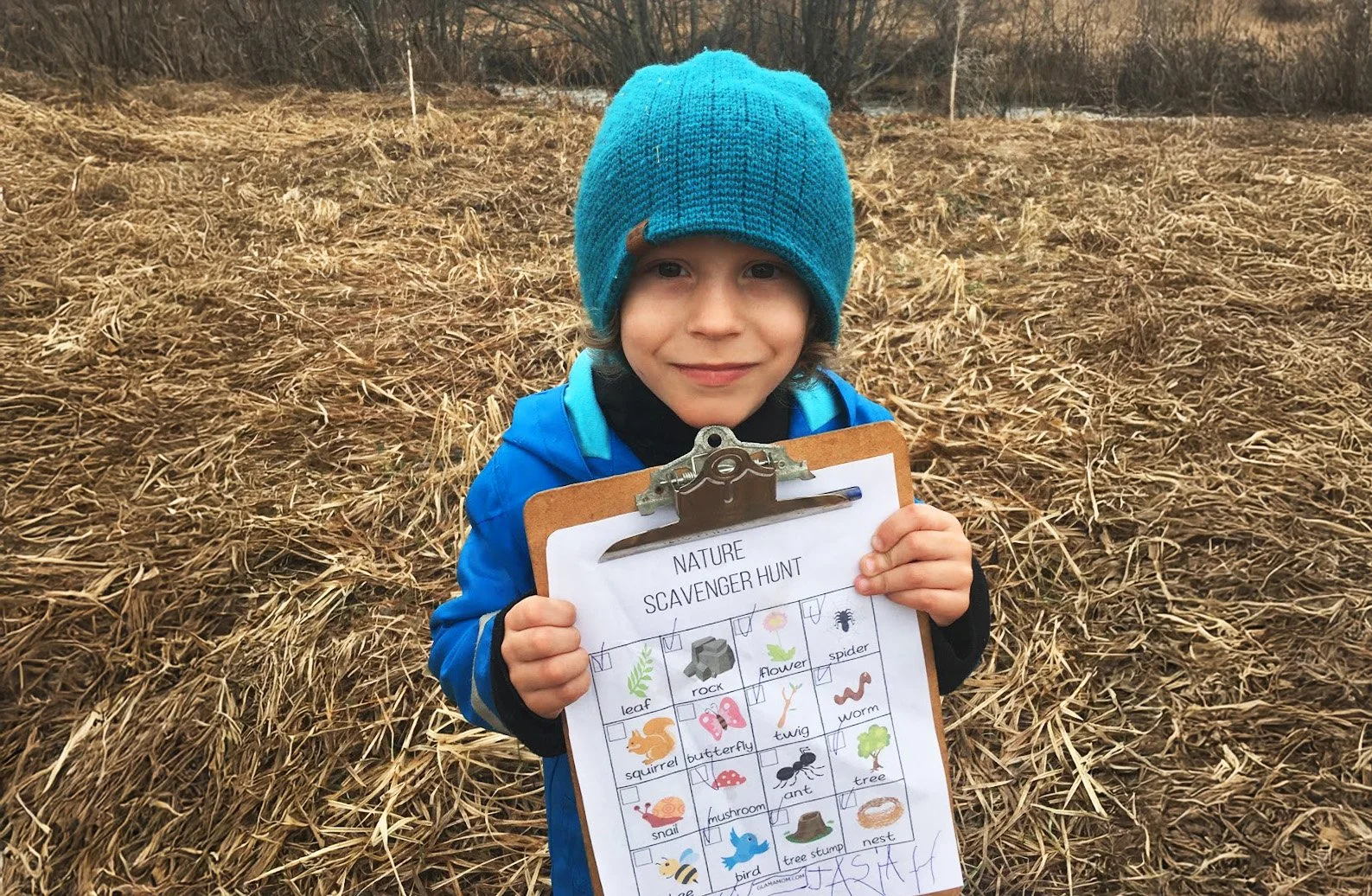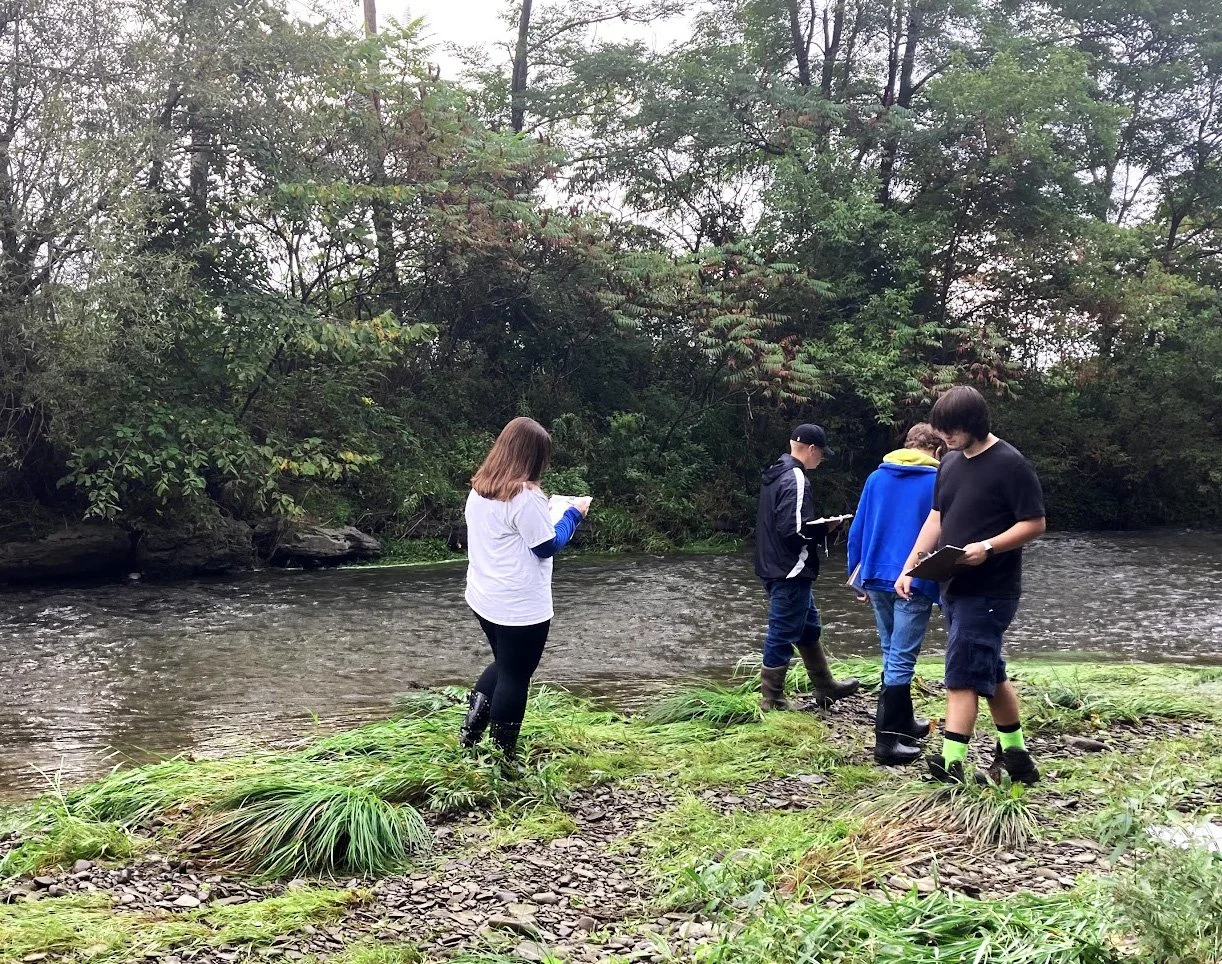New York State
Environmental Literacy Plan
a workbook and toolkit for educators, administrators, and organizations to foster environmentally literate graduates and communities.
An environmentally literate citizen has a connection to the outdoor environment and a sense of place, understands the interconnectedness of all Earth systems, and is engaged and empowered to address environmental issues and understands the impact of human choices.
— Adapted from the NYSOEA Definition
About This Workbook
New York State doesn’t have official standards for Environmental Science or Environmental Literacy, which makes it hard for schools to include these topics.
This toolkit was created to help districts across New York:
Build an Environmental Literacy Plan (ELP) that matches state learning standards
Include environmental topics across all subjects
Use the Meaningful Watershed Educational Experience (MWEE) framework to put their ELPs into action
Encourage schools and communities to support environmental literacy
This resource was inspired by teachers in OCCA’s MWEE workshops, who created their own ELPs but found the process confusing. To make it easier, we worked with New York teachers to develop this simplified, ready-to-use guide.





NY State and Online Resources
-
Biodiversity
-
Climate Change
-
Energy
NYSEG in the Schools
Gilboa Power Authority -
Formal Partner
-
MWEE 101
-
Museums
-
Learning Standards
-
Invasive Species


